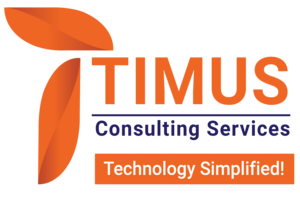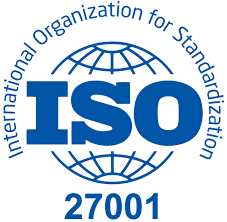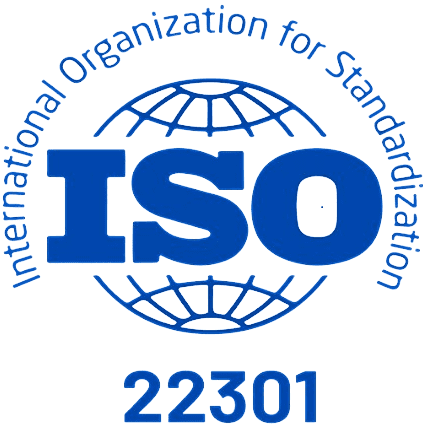In an uncertain business environment, organizations face a multitude of risks that can impact their operations, reputation, and profitability. While many choose to mitigate or transfer these risks, a proactive approach called Risk Avoidance is often a highly effective strategy to consider. Risk avoidance involves completely eliminating the possibility of exposure to certain risks, ensuring they have no chance of impacting the organization. In this post, we’ll explore what risk avoidance is, why it’s beneficial, and how it can be applied across different business settings.
Understanding Risk Avoidance
Risk avoidance is a strategy where an organization actively chooses to avoid certain actions or decisions to eliminate exposure to a particular risk. This approach means that the company might refrain from undertaking projects, entering certain markets, or using specific technologies if they present too great a risk. Unlike risk mitigation, which aims to minimize the impact of risks, risk avoidance removes the risk entirely by avoiding the risk-inducing activity.
Why Choose Risk Avoidance?
For certain high-impact risks, the most prudent approach is to avoid them altogether. Here are some reasons why businesses may choose risk avoidance:
-
Preservation of Resources
Certain risks can result in substantial financial loss or resource drain. By avoiding high-cost and high-impact risks, businesses can ensure that resources are preserved and allocated more effectively.
-
Protection of Reputation
Some risks, especially those related to data breaches or environmental hazards, can severely damage a company’s reputation. By choosing risk avoidance in sensitive areas, organizations maintain trust and credibility with customers and stakeholders.
-
Regulatory Compliance
Organizations may choose to avoid activities that expose them to non-compliance with laws and regulations. For example, if a company is operating in a highly regulated industry, it may decide to forgo entering markets with complex regulatory requirements to prevent legal issues and fines.
-
Safety of Employees and Customers
Risks that threaten the safety of employees and customers are often best avoided. For example, a manufacturer may avoid using certain hazardous materials in their products to protect both workers and end-users from potential harm.
Examples of Risk Avoidance in Practice
Risk avoidance can be applied across industries in various ways:
-
Financial Institutions
A bank may avoid lending to high-risk industries to reduce the likelihood of loan defaults and protect its financial stability. Similarly, it may avoid certain investment portfolios that are deemed too volatile.
-
Manufacturing
In product design, a company might avoid using materials or processes known to carry safety risks or environmental concerns, even if alternative options are more costly.
-
Information Technology
Many IT firms avoid outdated technologies or platforms that present cybersecurity risks. By avoiding these vulnerabilities, they protect their networks and data from potential breaches.
-
Healthcare
Hospitals and healthcare providers might avoid using unproven medical treatments or technologies that have not passed rigorous testing, thus ensuring patient safety and regulatory compliance.
How to Implement Risk Avoidance
-
Identify and Assess Risks
Before deciding to avoid a risk, organizations must assess its potential impact and likelihood. This involves a thorough risk assessment process, often conducted as part of a larger risk management framework.
-
Set Clear Risk Tolerance Levels
Define which types of risks the organization is willing to take and which are unacceptable. A strong risk governance framework helps ensure that decisions align with the organization’s risk tolerance.
-
Evaluate Alternatives
If an activity is deemed too risky, organizations should evaluate alternative approaches that achieve similar results without the risk. This may involve rethinking business models, sourcing strategies, or technology solutions.
-
Establish Policies and Controls
Document policies that formalize the organization’s commitment to avoiding certain risks. Controls can also help monitor compliance with these policies, ensuring that employees follow the risk-avoidance strategy.
The Limitations of Risk Avoidance
While risk avoidance is a powerful tool, it’s not always feasible or advisable in every situation. Here are a few limitations to consider:
-
Missed Opportunities
By avoiding certain risks, organizations may miss out on growth opportunities, especially in dynamic markets where calculated risks can yield high rewards.
-
Inflexibility
Over-relying on risk avoidance can make organizations rigid and resistant to change, which can be a drawback in fast-paced industries.
-
Potential for Cost Increases
Risk avoidance can sometimes lead to higher costs. For example, if a company avoids a low-cost supplier due to risk concerns, it may face higher production costs.
Conclusion
Risk avoidance is a proactive and often prudent choice for managing risks with severe consequences. By eliminating high-impact risks altogether, businesses can safeguard their assets, reputation, and stability. However, like all risk management strategies, it should be used judiciously and balanced with a willingness to take on manageable risks that could drive innovation and growth. A well-rounded risk management program—one that combines risk avoidance with mitigation, transfer, and acceptance—empowers organizations to thrive while staying protected from potentially disruptive challenges.
About us
We are Timus Consulting Services, a fast-growing, premium Governance, Risk, and compliance (GRC) consulting firm, with a specialization in the GRC implementation, customization, and support.
Our team has consolidated experience of more than 15 years working with financial majors across the globe. Our team is comprised of experienced GRC and technology professionals that have an average of 10 years of experience. Our services include:
- GRC implementation, enhancement, customization, Development / Delivery
- GRC Training
- GRC maintenance, and Support
- GRC staff augmentation
Our team
Our team (consultants in their previous roles) have worked on some of the major OpenPages projects for fortune 500 clients across the globe. Over the past year, we have experienced rapid growth and as of now we have a team of 15+ experienced and fully certified OpenPages consultants, OpenPages QA and OpenPages lead/architects at all experience levels.
Our key strengths:
Our expertise lies in covering the length and breadth of the IBM OpenPages GRC platform. We specialize in:
- Expert business consulting in GRC domain including use cases like Operational Risk Management, Internal Audit Management, Third party risk management, IT Governance amongst others
- OpenPages GRC platform customization and third-party integration
- Building custom business solutions on OpenPages GRC platform
Connect with us:
Feel free to reach out to us for any of your GRC requirements.
Email: Business@timusconsulting.com
Phone: +91 9665833224
WhatsApp: +44 7424222412
Website: www.Timusconsulting.com





